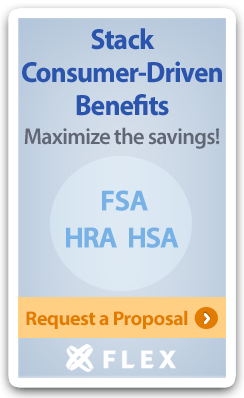Benefits Buzz
The fourth quarter is finally over, and you made it through! Now you’re probably planning to sit back, relax, and enjoy a well-earned break. Not so fast!
Open enrollment season can be unbelievably stressful and exhausting. With all the time you spent setting up enrollment meetings, chasing down employee applications and entering new benefit elections, you probably didn’t have a spare moment to think about benefits compliance. Unfortunately, compliance obligations don’t go away just because it’s your busiest time of the year.
Benefit needs and strategies are constantly evolving. But, one thing hasn't changed. Employers value the expert guidance they get from their benefits brokers.
A new employee benefit trends report from MetLife examines the changing expectations of employers – and finds that the list goes way beyond cost savings.
Health Savings Accounts (HSAs) allow eligible individuals to put money aside tax-free to pay for out-of-pocket medical expenses, but HSAs work differently than other tax-advantaged accounts. Here are 10 helpful tips and reminders as the year comes to an end.
-
HSA contributions for 2019 can be made up until the tax filing deadline, which is April 15, 2020.
- The maximum annual contribution to an HSA for 2019 is $3,500 for those covered by a single-only qualified high deductible health plan (HDHP) and $7,000 for those covered by a family HDHP.
As work and life continue to blend and unemployment remains low, the competition for employee talent is intense. Small businesses are seeking solutions to help their companies stand out as they tackle the challenge of attracting, engaging, and retaining employees.
Strategic benefits can play a pivotal role.
The IRS has released Revenue Procedure 2019-44 which details the 2020 pre-tax limits for the Health FSA and Commuter Plans. These limits are effective for plan years that begin on or after January 1, 2020.







